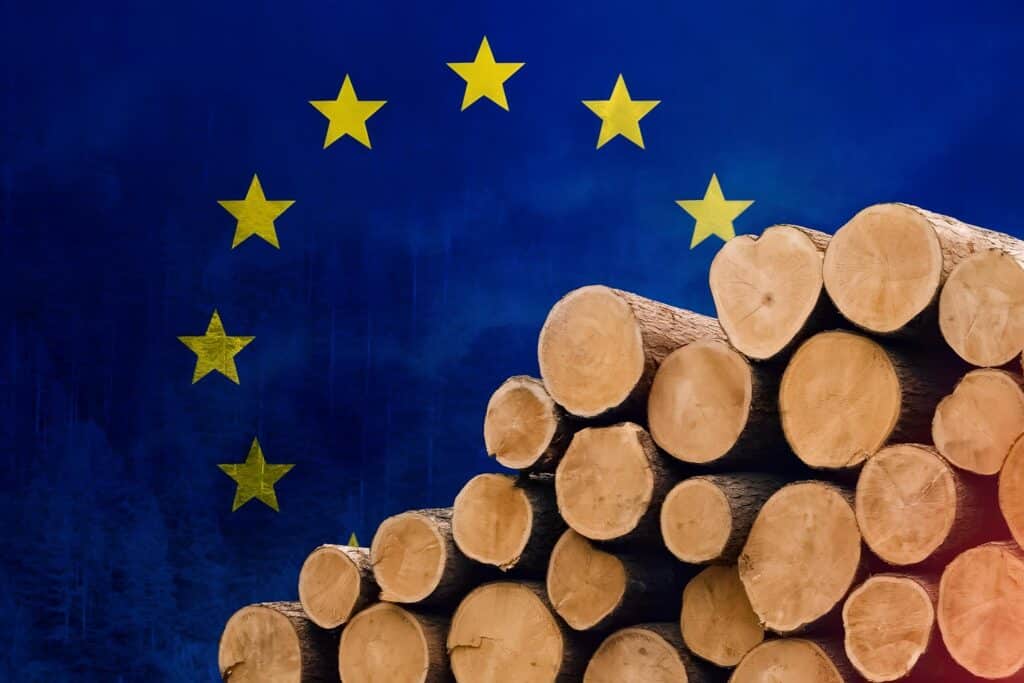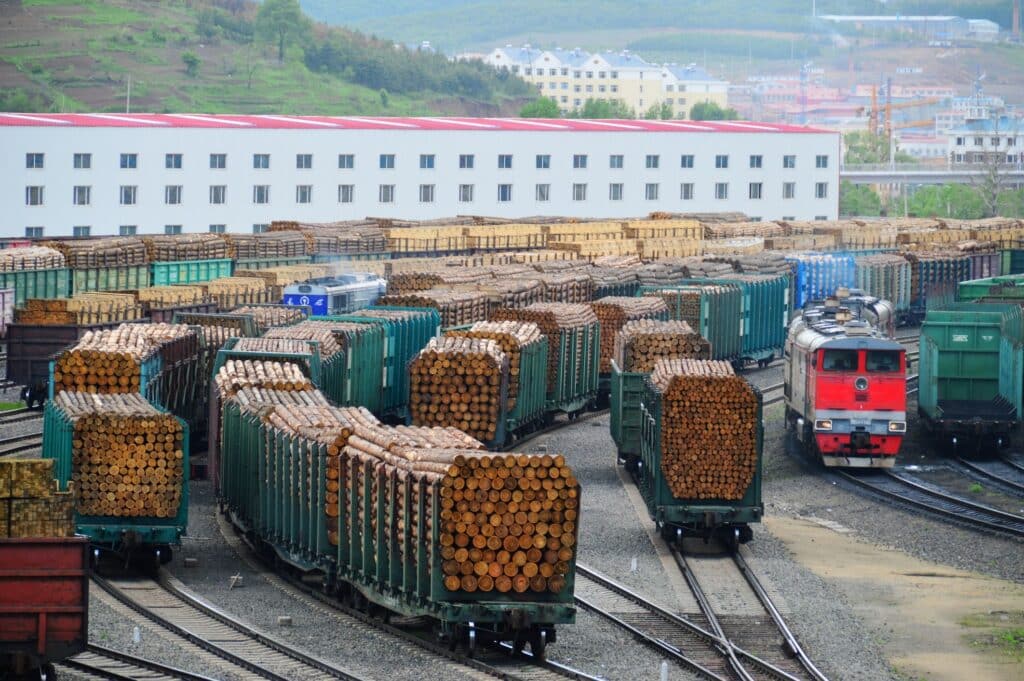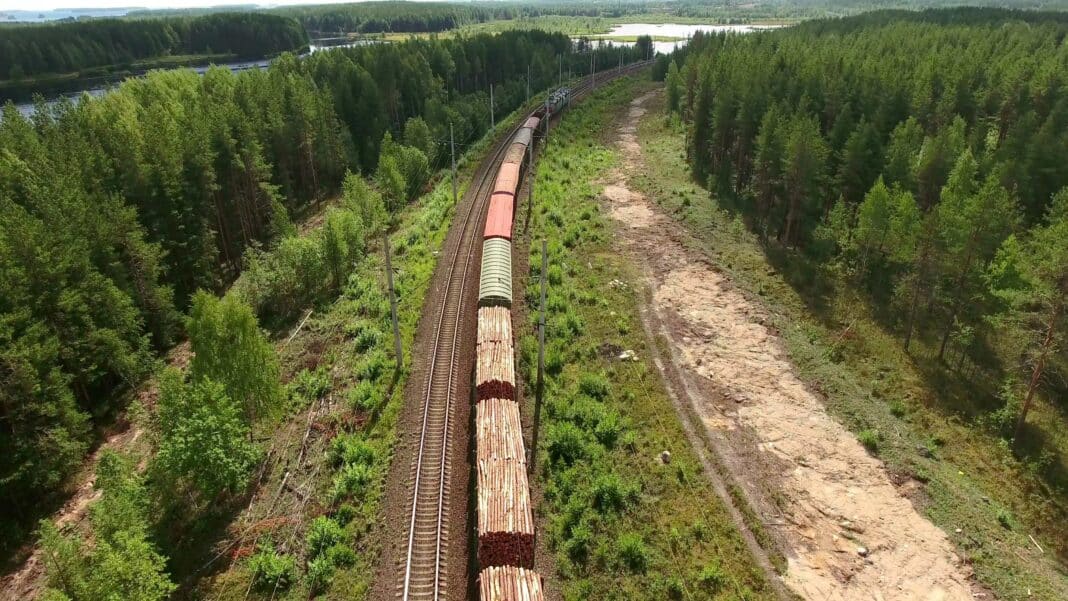A ground-breaking study led by researchers from the Botanical Garden of Meise and the Royal Museum for Central Africa, based in Belgium, has devised new innovative scientific methodologies to trace the origins of timber.
The study, published by Wood Central last week, uses a meticulous blend of techniques such as Stable Isotope Ratio Analysis (SIRA) and Trace Element Analysis (TEA) to ascertain the provenance of wood.
Dr Victor Deklerck, scientific director of World Forest ID, based in Brussels, spearheads this international endeavour.
In a recent interview, Dr Deklerck, who gained his PhD in Bioscience Engineering, underscored the unique chemical signatures inherent to trees, shaped by their specific environmental milieu.
He elaborates: “The chemistry of a tree is linked to the environment in which it grew. We can measure the chemical fingerprint and then develop an AI machine learning model to identify the signature’s largest match.”
The research entailed collecting more than 9000 wood samples from 24 species across 12 nations, incorporating pre-existing samples from Russia.
This comprehensive database of Eastern European wood, encompassing species such as birch, beech, pine, and oak, facilitates the authentication of timber origins and enables precise predictions regarding its harvesting location.
This breakthrough has already yielded significant results, with Wood Central last week reporting that 260 tonnes of timber officially imported from Latvia and Estonia was traced back to Russia.
Dr Deklerck hailed this as a monumental achievement in the battle against illegal timber trade, which undermines environmental integrity and serves as a lucrative revenue stream for the Russian war effort in Ukraine.

To bolster regulatory efforts, the European Union now mandates GPS tracking for all containers entering its territory, a measure complementing the database devised by Dr Deklerck’s team. This system aids in pinpointing the origins of timber shipments, thereby curbing the influx of illicit imports.
Different climates leave a chemical footprint in wood tissue, which the researchers use to determine its origin.
First, an extensive collection of reference material is required. Then, using machine learning, the researchers can determine whether the sample’s stated harvest location is correct.
In one study, headed by Dr Jakub Truszkowski, a researcher in computational biology at the University of Gothenburg, 900 wood samples were collected from 11 Eastern European countries, including Belarus and Russia.
“We selected oak, birch, pine and beech, all important in the timber trade. By analysing and comparing isotope ratios and the concentrations of 15 different trace elements in wood tissue, we can determine the harvest location of the tree within a 200 km radius,” Dr Truszkowski said.
The study led to creating a comprehensive reference database on Eastern European timber, tailored to products under sanctions after the invasion of Ukraine.
These data facilitated the development of methods to verify the authenticity of timber origin claims and even predict harvest location.
“We would like to refine our method further to increase the accuracy and confidence in our predictions,” Dr Truszkowski said.
While this study focused on the illegal timber trade in Eastern Europe, the method is applicable worldwide. It is estimated that more than half of tropical timber may be harvested illegally.
“It is important to protect highly biodiverse forests from illegal logging. We can combat this practice by tracing the origin of timber,” Dr Truszkowski added.
However, the fight against the illegal timber trade remains multifaceted, as alternative routes through Turkey, Kazakhstan, and China continue to evade regulatory scrutiny.
An investigation conducted by several media outlets revealed the circuitous paths through which timber infiltrates EU member states, underscoring the need for enhanced vigilance and international cooperation in combatting this pervasive issue.

Meanwhile, tonnes of Russian timber continue to flow illegally into the European market as countries struggle to enforce war-related sanctions.
The International Consortium of Investigative Journalists (ICIJ), a global network across 200 countries, has exposed deep flaws in regulating the forest products industry.
The cross-border probe, led by ICIJ and first published in March 2023, involved 44 media partners globally and documented how Western environmental auditing firms and governments failed to stop the trade of wood logged in conflict zones.
The state owns the country’s massive forests in Russia, and several oligarchs with close ties to the Kremlin own Russia’s largest timber companies.
The issue became even more urgent after Russia’s full-scale invasion of Ukraine in February 2022. Russian timber continues to be exported to the EU and the US despite sanctions being imposed by falsifying the origin of the wood.






